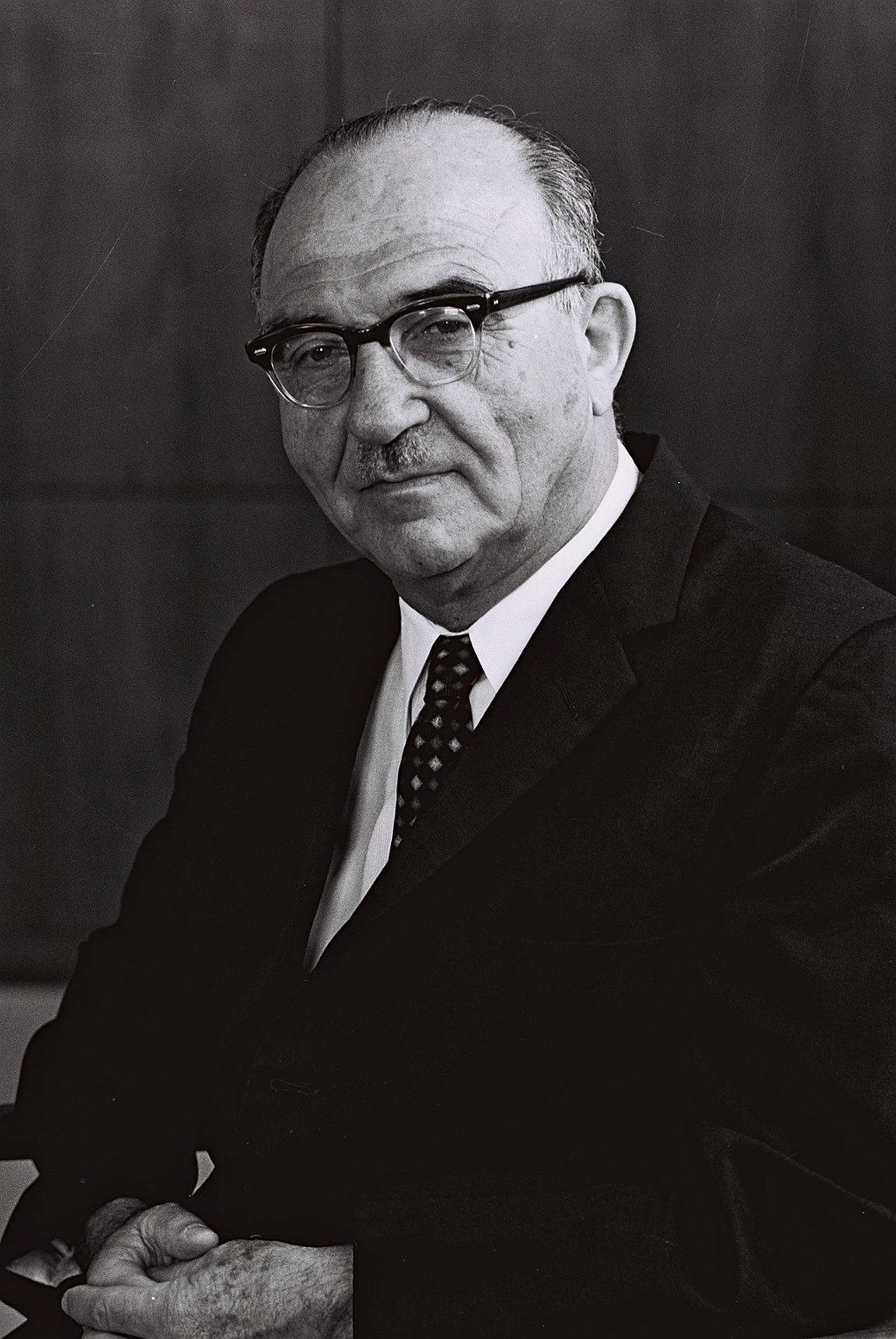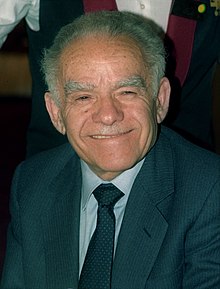Introduction
Rafi Lavie was an influential Israeli painter, educator, and one of the leading figures in Israeli modernism. Born in 1937 in Tel Aviv, Lavie was known for his experimental approach to painting, blending abstract expressionism with everyday imagery. His work reflected the complexity of Israeli society and culture, often incorporating graffiti-like marks, found objects, and a raw, unfinished aesthetic that challenged traditional norms of beauty and art.
Early Life and Artistic Development
Rafi Lavie grew up in Tel Aviv and began his career as a self-taught artist. He was part of a generation that sought to redefine Israeli art, moving away from idealized depictions of the land and towards a more urban, personal, and experimental approach. Lavie was also a prominent educator, influencing many younger artists through his teaching and mentorship at the Avni Institute and other art schools in Israel.
New Horizons and the 10+ Group
Lavie was associated with the ’10+ Group’, a collective of Israeli artists that emerged in the 1960s and 70s, aiming to break away from the formalism of the New Horizons group. His work was characterized by its eclectic style, combining elements of pop art, abstract expressionism, and a uniquely Israeli sensibility. Lavie’s paintings often featured bold, gestural brushstrokes, fragmented imagery, and text, reflecting his interest in the chaotic and multifaceted nature of urban life.
Lavie’s art was both deeply personal and politically engaged, often addressing themes of national identity, conflict, and the role of the artist in society. His use of everyday materials and imagery, such as posters, scribbles, and stencils, gave his work an immediacy and relevance that resonated with contemporary audiences.
Artistic Style and Legacy
Rafi Lavie’s style was distinctive for its embrace of imperfection and spontaneity. He often left parts of his canvases unfinished, allowing the raw texture of the materials to become part of the composition. His work challenged viewers to see beauty in imperfection and to engage with art as an ongoing process rather than a finished product.
Lavie’s influence on Israeli art extended beyond his own work. As a teacher and mentor, he played a pivotal role in shaping the next generation of Israeli artists, encouraging them to explore new forms of expression and to question established norms. His impact can be seen in the works of many contemporary Israeli artists who continue to push the boundaries of what art can be.
Awards and Recognition
Rafi Lavie was recognized as a major figure in Israeli art, receiving the Israel Prize for Painting in 2002. His works have been exhibited in major museums and galleries, both in Israel and internationally. Lavie’s legacy is celebrated for its contribution to the development of a distinctly Israeli form of modernism, one that is both deeply rooted in local culture and open to global influences.
Legacy and Influence
Rafi Lavie’s legacy lies in his ability to blend high and low culture, to create art that was both intellectually challenging and emotionally accessible. His influence as an artist and educator helped shape Israeli modern art, making it more inclusive and reflective of the complexities of Israeli life. Lavie’s work continues to inspire artists and audiences alike, reminding us of the power of art to reflect, critique, and engage with the world around us.


